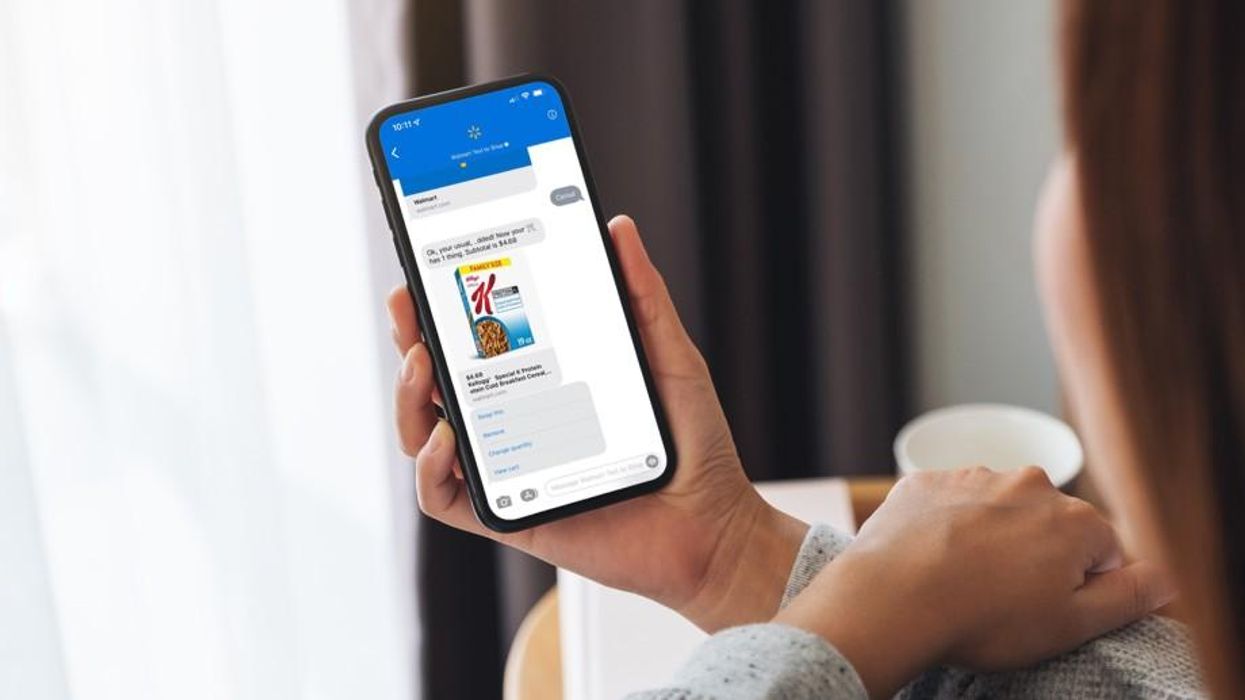All successful online retailers understand the importance of customer retention for driving brand loyalty, increasing repeat purchase rates and ultimately generating more bottom line revenue. Email marketing, and more recently SMS, have been key retention channels for ecommerce retailers for many years.
Email is one of the most time-tested channels for driving online sales and it doesn’t seem as though retailers will be falling out of love with it any time soon. In fact, Shopify recently announced a strategic partnership and a $100M investment into Klaviyo, who are widely considered to be one of the leading email and SMS marketing platforms for ecommerce brands. This show’s Shopify’s confidence in email and SMS as key growth channels for many years to come in ecommerce.
What is Klaviyo?
Shopify decided to invest in Klaviyo for a reason. The MarTech category of email automation is crowded to say the least, and highly competitive. The Shopify App Store currently lists around 300 different apps in the email marketing category alone. Despite this, Klaviyo has maintained its position as a market leader for over a decade after launching in 2012. During this time, it has grown to employ over 1500 employees worldwide. Klaviyo is the most popular email marketing solution across the App Store after Shopify’s own solution – Shopify Email – which is a basic tool that new brands can get started with for free when learning the foundations of email marketing. With the new partnership, Shopify named Klaviyo the recommended email marketing solution for customers of Shopify Plus, the premium version of their Ecommerce platform designed for high volume sellers.
Klaviyo’s strengths lie in its automation and segmentation features, all of which are powered by custom-built AI and machine learning algorithms. These technologies analyze an individual brand’s website visitors, subscribers and customers to provide unique insights for each retailer. The key benefit for ecommerce brands is the ability to create highly targeted and personalized email and SMS campaigns tailored to individual users, and to do it at scale based on their own unique customer data. Regardless of whether a store has 100 customers or 1 million, Klaviyo is designed to give brands the same ability to market to each individual person in a highly personalized way.
A key strength Klaviyo has over other solutions in the market is the ability to run advanced automated marketing campaigns across both the email and SMS channels from a single dashboard, using just one tool. This opens up the ability for brands to use these channels in tandem, and to deliver consistent messaging without any overlap.
A real world example of this would be an Abandoned Checkout recovery series designed to encourage shoppers that added items to their cart but didn’t purchase to come back and complete the sale. Klaviyo’s cross-channel abandonment automations can target users either on one channel, both simultaneously, or one after the other. If a shopper doesn’t respond to the first recovery email attempt in an abandonment campaign, why not try them on a different channel the next day and deliver a similar message via SMS? Klaviyo makes this kind of highly targeted campaign easy to set up without the need to use multiple tools.
The platform also has an advanced selection of lead capture tools built in to the software, allowing brands to capture email and SMS leads from their ecommerce website, then marketing to them across both channels. This can all be done using the Klaviyo software alone, without the need for any third party apps.
The power of email and SMS marketing automation in ecommerce
A primary reason the email channel remains such a key area of focus for the world’s biggest online retailers is due to the high return on investment that a well-developed strategy can deliver. All brands understand the benefits of sending a sale or product launch campaign to an existing list of customers and subscribers, as marketing to these warm audiences on an ongoing basis has very little cost after the users have been acquired. However, email and SMS automation offer returns which are arguably even higher.
An automated sequence of personalized emails which are triggered by specific interactions users have with an ecommerce store can pay dividends for years to come. Of course there are some ongoing optimizations required, but an email or SMS sequence a brand builds this week could still be generating sales a year from now. This all happens on autopilot and runs 24/7 in the background. Becoming a market leader in one of the highest ROI marketing channels for ecommerce brands has been the key to Klaviyo’s success.
How brands can get the best results using Klaviyo
As the founder of Klaviyo agency EcommerceIntelligence.com, I work with ecommerce brands to put email and SMS marketing strategies into action. Below is an outline of a basic strategy ecommerce brands can follow to begin leveraging Klaviyo to its full potential:
We like to encourage brands to make full use of Klaviyo’s feature set, as it is one of the most advanced on the market. This means building a full suite of automations across email and SMS, and also designing a comprehensive campaigns calendar to keep in regular contact with subscribers and customers – once per week at a minimum. Outside of the foundational email automations such as the Non-buyer Welcome Series for new subscribers and Abandoned Cart automations, we feel many brands have the most to gain by focusing their Klaviyo efforts on the post-purchase stage of the buying cycle.
In practice, this means designing cross-sell and up-sell automations for the bestselling products, and making intelligent recommendations to customers around what to buy next. Klaviyo makes this easy to do on a very granular level, so each customer gets a personalized experience. Any ecommerce store that builds out the foundational automations then puts real effort into designing post-purchase email and SMS flows will see great results. Combine this with a varied campaigns calendar of two to three emails per week to engaged subscribers, and any online retailer will have the foundations in place for a category-leading email and SMS program.
Klaviyo’s future focuses on big data
The Klaviyo team is actively working to further increase market share by building functionality not yet offered by the competition. This has been a strategy they’ve relied on successfully for a decade. Their latest release, Klaviyo One, demonstrates this. Klaviyo One launched in summer of 2022 and is Klaviyo’s enterprise level solution with an integrated Customer Data Platform (CDP). It is designed to give the world’s biggest brands the ability to pull data from hundreds of different sources across their business, and use it to make the most intelligent business decisions possible while adhering to even the strictest rules and regulations around privacy and data security in all jurisdictions.
Ryan Turner is a 10+ year ecommerce growth expert and the Founder of Ecommerce Intelligence, a specialist Klaviyo agency for online retailers. Ryan and his team are focused on helping ecommerce brands profitably grow sales and increase customer lifetime values with custom email and SMS marketing strategies.











